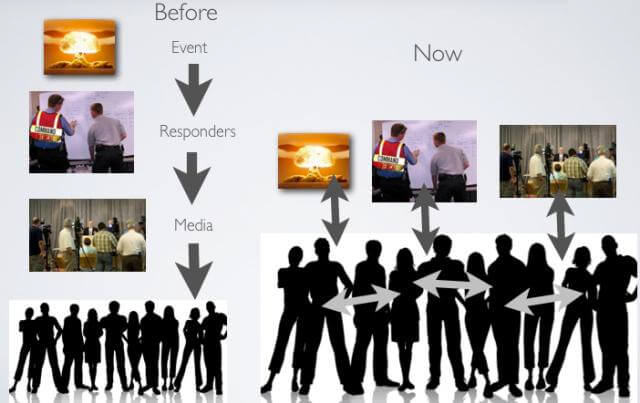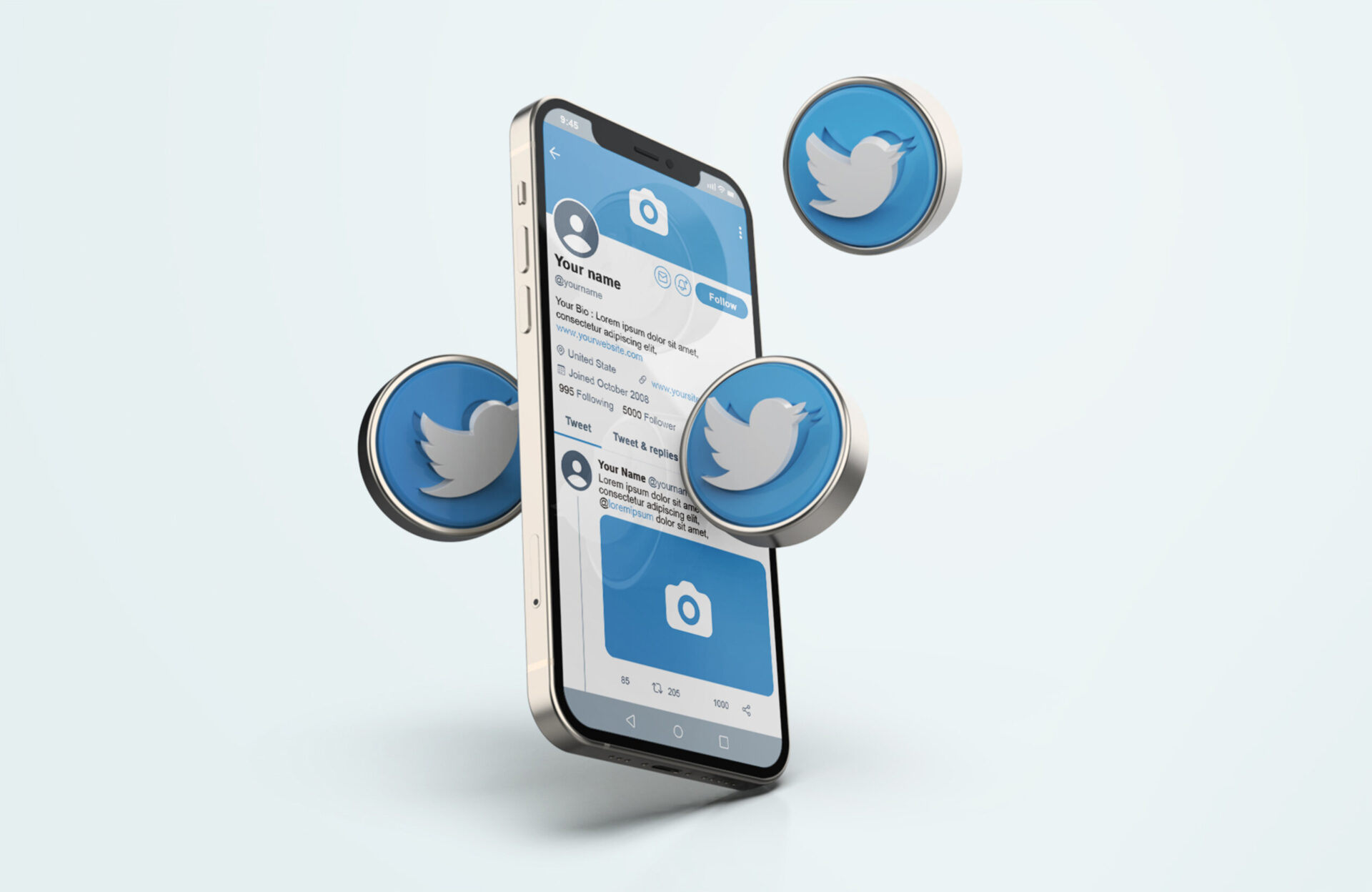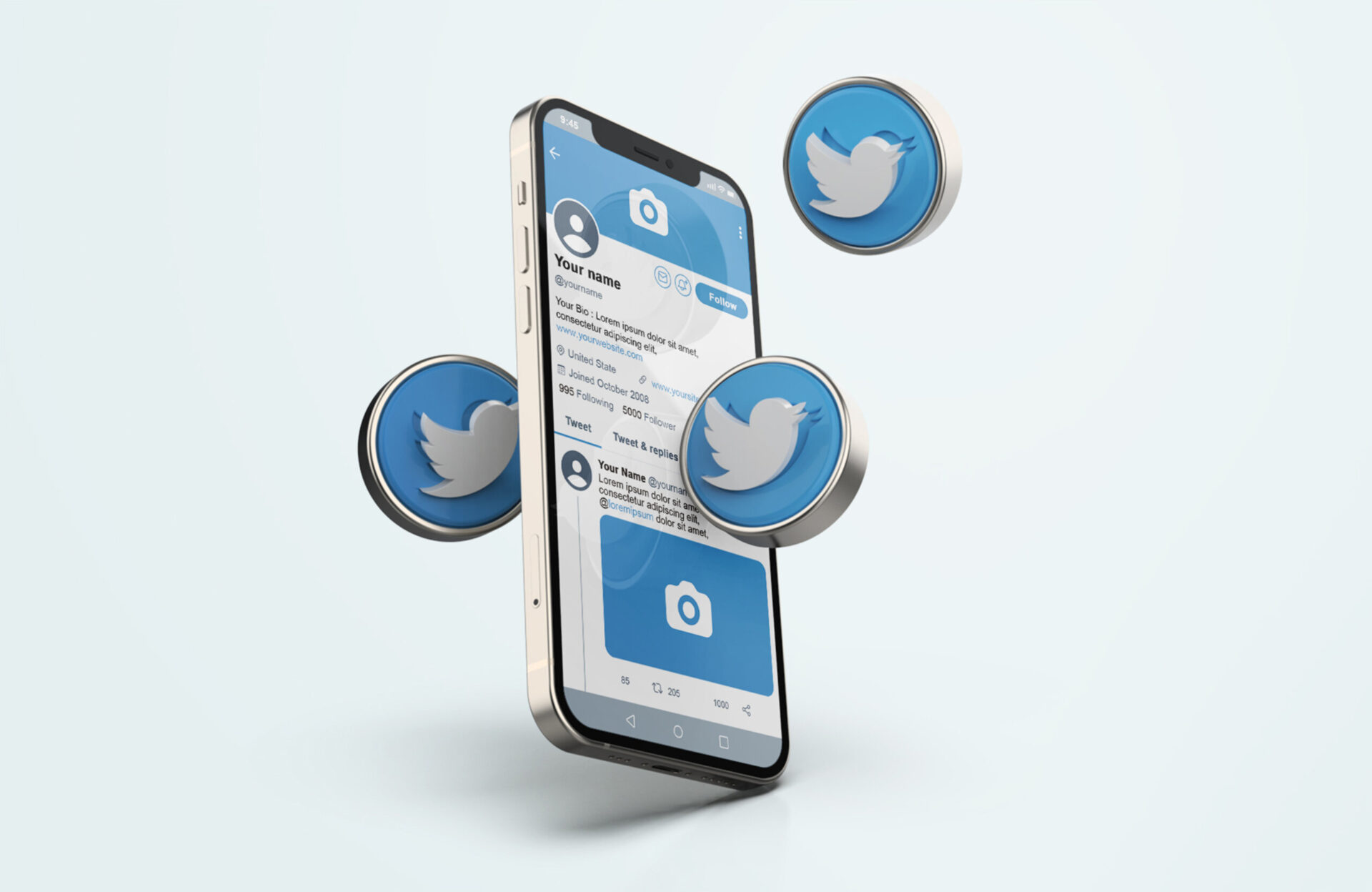Crisis management via social media
Both before and during Hurricane Irene, the Federal Emergency Management Agency (FEMA) set an example of how to effectively use social media to disperse information in a crisis situation. Continuity Central examined its methods in a case study and provided several examples to boot:
To augment traditional communications methods FEMA emailed all its emergency planning partners with the following message, which made it very easy for partners to utilize their own social networks to disseminate urgent information:
Dear Partner,
As Hurricane Irene threatens much of the East Coast, we are seeking your assistance to cross-promote various preparedness resources on your websites and in social media.
FEMA offers hurricane preparedness information here:
http://www.ready.gov/america/beinformed/hurricanes.html
In addition, please follow / amplify
the @fema, @CraigatFEMA, @readydotgov, @DHSJournal, and any state/local emergency management agencies that are posting updates. We’ve also created a list of Twitter accounts posting updates, so feel free to promote that as well: http://twitter.com/fema/irene.
Key messages/potential social media posts for Saturday August 27th:
Aug 27: #Irene may cause flooding or flash flooding – avoid flooded areas & roads. Turn around, don’t drown. cc: @fema
If you may be affected by #Irene, follow the direction of local officials & avoid flooded areas. Safety tips on your phone: http://m.fema.gov
Aug 27: For severe weather watches/warnings in your area
–http://www.weather.gov or on your phone at http://mobile.weather.gov#Irene
Receive text msg updates f/ @Twitter accounts posting #Irene updates.
Text follow + their acct name to 40404 (@Twitter’s number)
Aug 27: Bookmark useful mobile sites- #hurricane safety tips
http://m.fema.gov . Your local forecast http://mobile.weather.gov#Irene
The good thing about social media is that simply being a useful resource makes your page or feed a popular place to visit and recommend by word of mouth – both virtual and real-world.
Directing partners in how to assist and actively disseminating useful information to the public made FEMA a leader in the face of an oncoming crisis, which made it all the easier for the organization to get its message across.
——————————-
For more resources, see the Free Management Library topic: Crisis Management
——————————-
[Jonathan Bernstein is president of Bernstein Crisis Management, Inc. , an international crisis management consultancy, and author of Keeping the Wolves at Bay – Media Training.]










